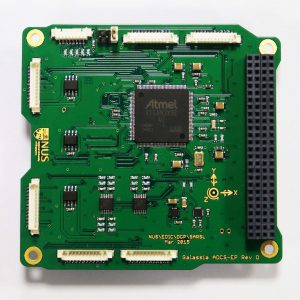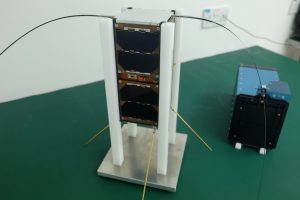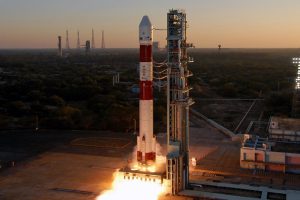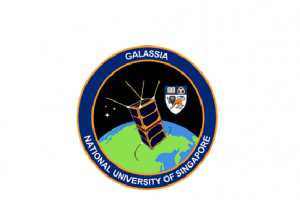Nano-Satellite Attitude Determination & Control System


The Attitude Determination and Control System (ADCS) is one of the four fundamental subsystems in a satellite, which is responsible for determining and manipulating the orientation of the satellite in space. An active ADCS uses a variety of sensors and active actuators such as the magnetorquers to give a flexible control in orienting the satellite in addition to a faster and more stable de-tumbling. Even though Galassia does not have a critical and accurate control requirement, the development of this ADCS is a preparation for future NUS satellite missions in which complex control such as sun pointing and attitude control are needed. This project was the first effort to develop an active ADCS for NUS nano-satellites. It realized the best approach of putting the ADCS hardware in the space environment to validate the design as well as to experiment with the control algorithms.
Galassia was launched on 16 December 2015 as the first nano-satellite of NUS built by undergraduate students. It is now orbiting the Earth at an altitude of 550 km to accomplish its missions. The student-designed, active ADCS secondary payload has proven to be functioning well in space currently. It has been collecting a lot of data through its magnetometer, gyros and sun sensors, acting as a spaceborne testbed for the NUS team to perform attitude determination and control experiments.



